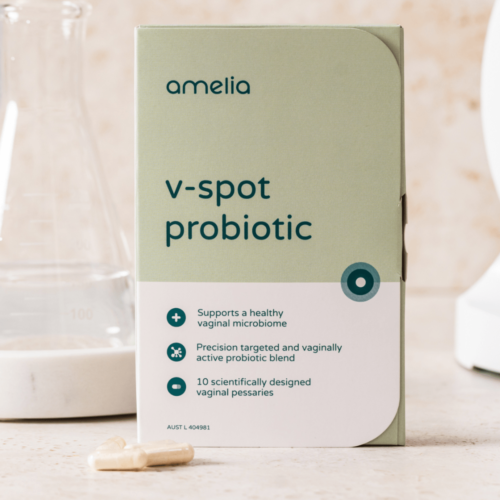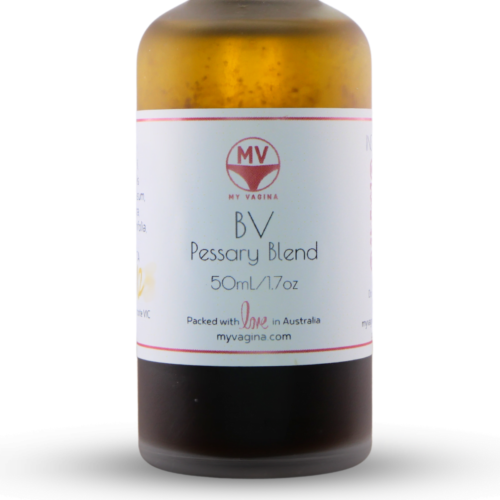You can’t see a urinary tract infection (UTI), though the area around the entrance to a child’s urinary tract may be red. If there is blood in the urine, go directly to the emergency room.
Only use these methods if you have to wait to access your doctor. This is not a substitute for medical care.
What a child will complain of if she has a UTI
It will hurt to pee, and burn as the uric acid hits the inflamed urethral tissue on its way out. She’ll have the urge to urinate far more often, and not much will come out. Expect tears. UTIs make grown women cry.
It might not be clear what’s wrong, so get help as soon as possible if you’re not sure.
Why kids get UTIs
The proximity of the anus to the vagina and urethra means fecal matter can easily travel around. Kids are notoriously filthy, they put their fingers everywhere, and germs are easily spread. Most urinary tract infections are caused by E. coli being passed to the urethra from the colon.
What to do about a child’s UTI
First step is to wash the area gently. Sit her in a warm bath where she can give in to the urge to pee freely, and give her plenty of water to drink and maybe something to watch. If she’s young enough, use diapers/nappies as needed, but don’t let wet urine sit close to the urethra – it’ll hurt.
Sweeten the deal by making the water taste better, but avoid fizzy or sugary drinks. A useful tool is high-dose cranberry, unsweetened cranberry juice or easier may be some D-mannose.
The bacteria attach to the D-mannose in the urinary tract, ‘tricking’ them into attaching to the sugar instead of a cell, where they can be expelled by urine.
Digestion starts after 10-20 minutes, though you need to keep the treatment up until a day after symptoms go away to make sure it’s gone. It has an impact on bacteria’s ability to adhere to the urinary tract.
Dose of cranberry:
- Juice – 1 glass of unsweetened cranberry juice per half hour
- 1 high-dose cranberry extract capsule or tablet every half hour
- 1 glass of water every 15 minutes
- Continue until symptoms subside, and then continue hourly for 24-48 hours, skipping sleep times.
What to expect during this treatment
This treatment has a cumulative effect, so persistence is key. Regular dosing is critical. If you catch it early enough, a UTI can resolve itself, but it can escalate quickly so you need to be on top of treatment and give it your full attention.
Over the course of about two hours, the acute symptoms should start to reduce – she will pee less frequently, it won’t hurt as much, and she’ll be easier to distract.
Don’t get complacent though – just because everything seems ok doesn’t mean it is. The bacteria need to be eliminated from the urinary tract, so you must continue her treatments so her body can fight the remainder until you can get help.
Important notes for treating a child’s UTI at home
These doses are flexible based on her age, weight and the severity of the symptoms. If there is blood, go to the doctor immediately, as the infection is passed cranberry and can be travelling up into her kidneys or bladder.
She will be prescribed antibiotics, so make sure you give her a high-quality probiotic post-treatment to repopulate her digestive system and support immunity.
Reflexology can work well for UTIs if you can get her to give you her foot for long enough. It can ease off the burn until the cranberry has a chance to work, but also if you find yourself in the middle of nowhere without a cranberry in sight, a bit of dedicated reflexology can completely get rid of the problem (but it does hurt).
Also remember that some UTIs will not respond to cranberry or D-mannose, because the bacteria are different. Most UTIs are caused by E. coli, but the percentage that is different might need a different approach. Check the UTI page for other treatment options.
Specially formulated probiotic for vaginal application to promote a healthy vaginal microbiome.
Unique, comprehensive BV, AV and 'mystery bad vag' treatment guide, one-of-a-kind system, with effective, innovative treatments.





